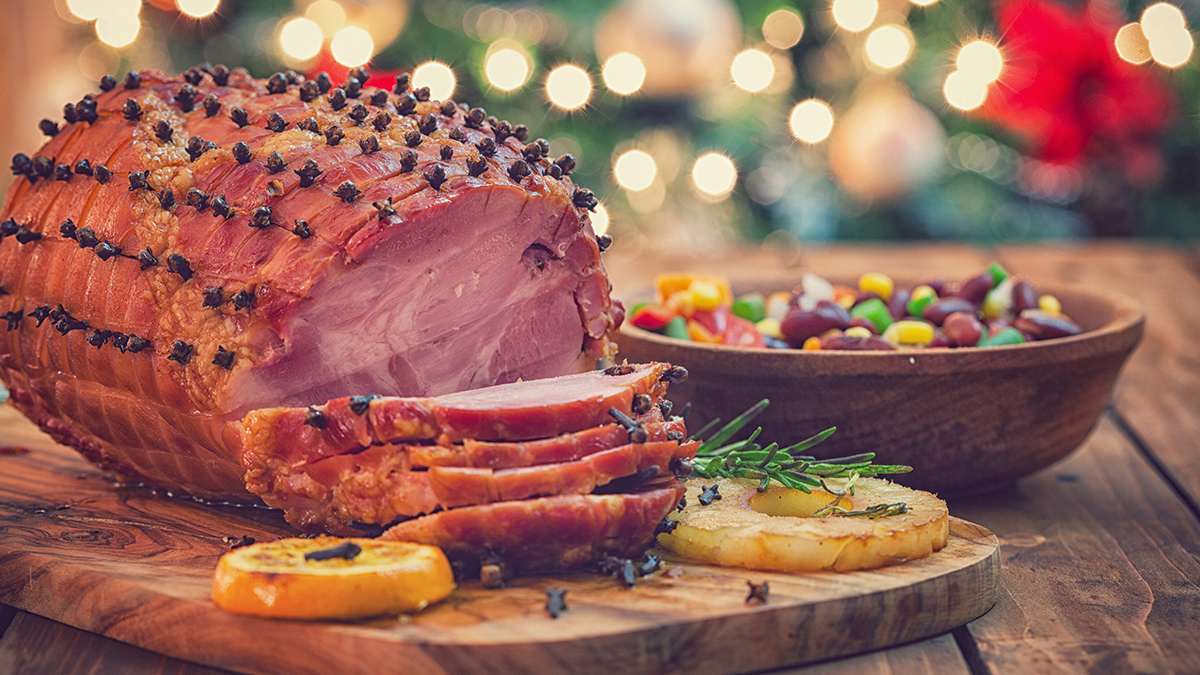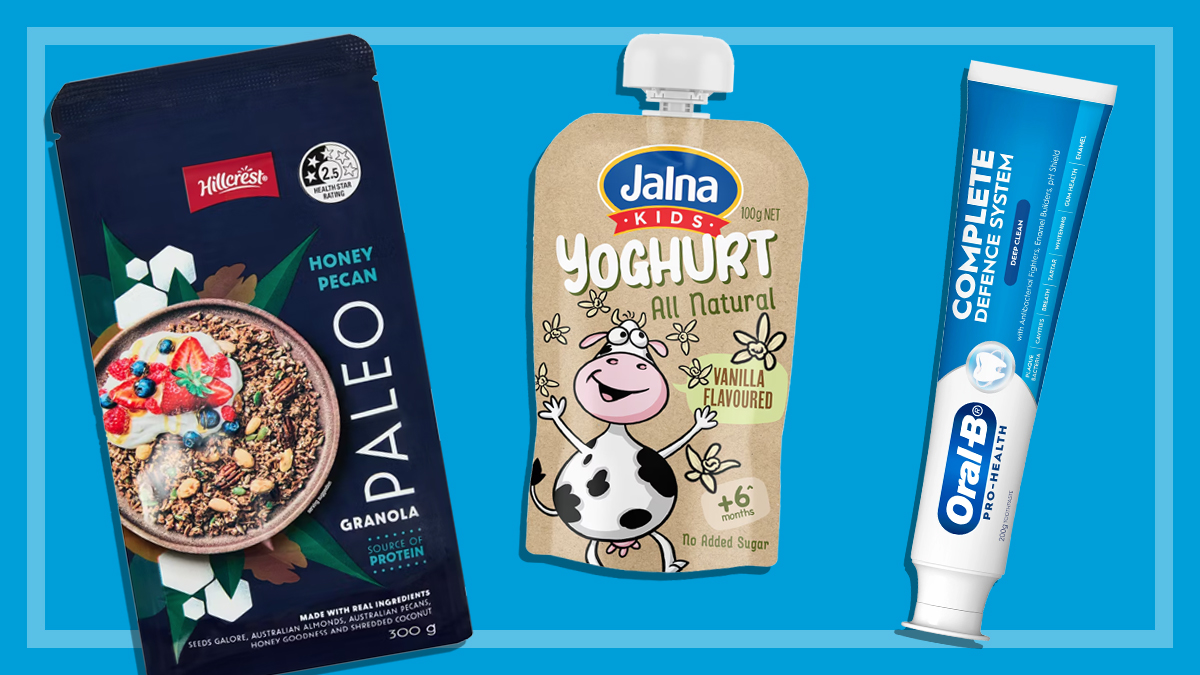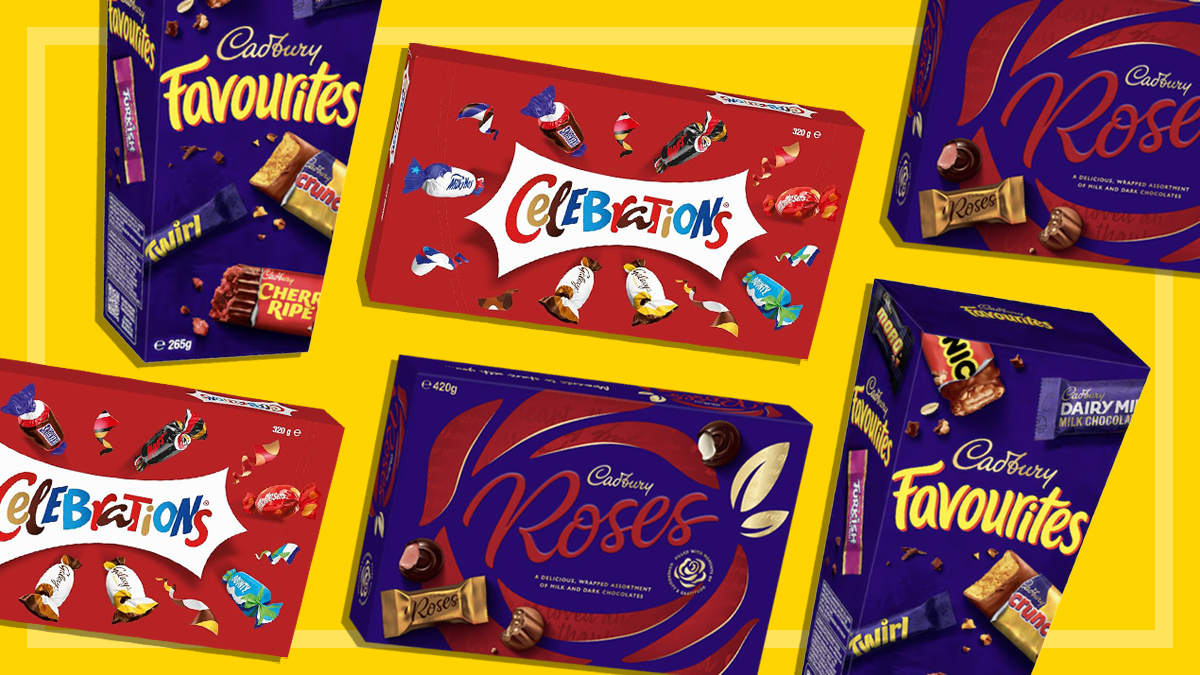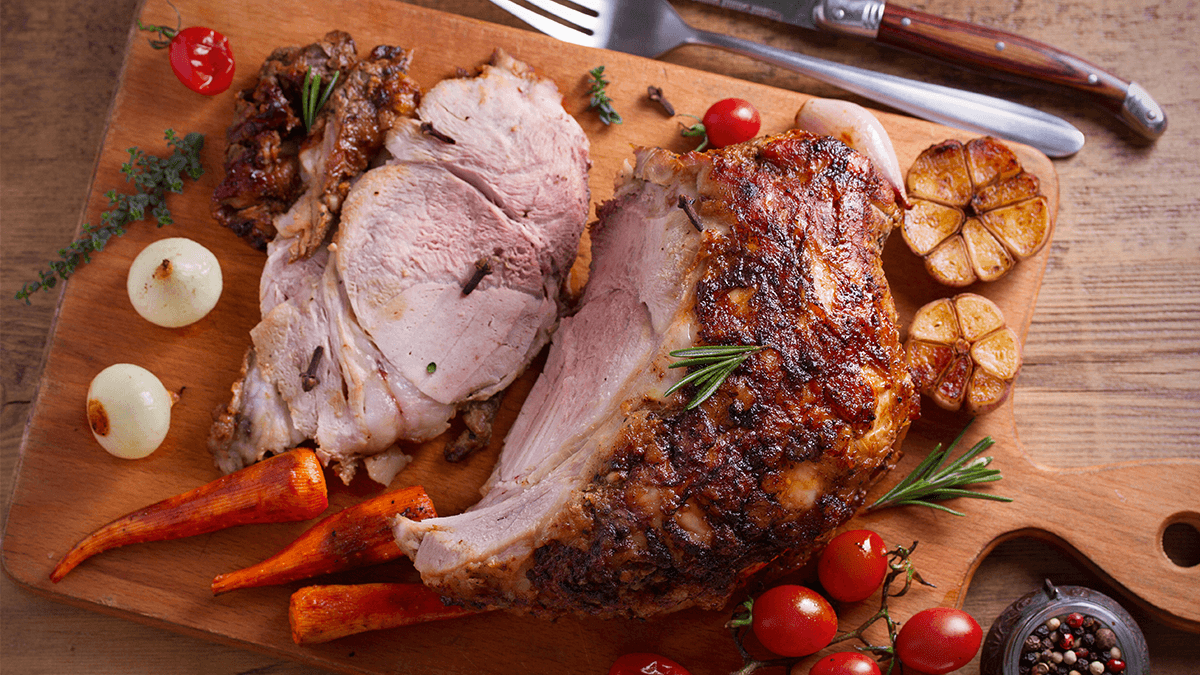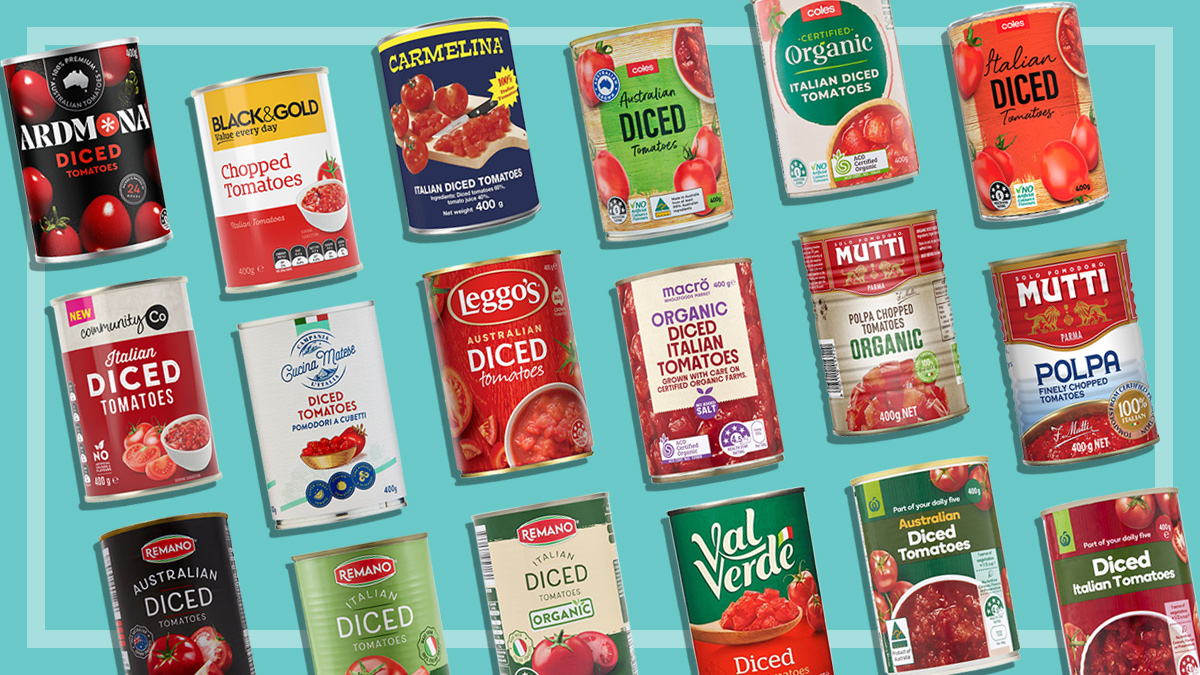Get our independent lab tests, expert reviews and honest advice.
5 things you didn’t know about added sugar
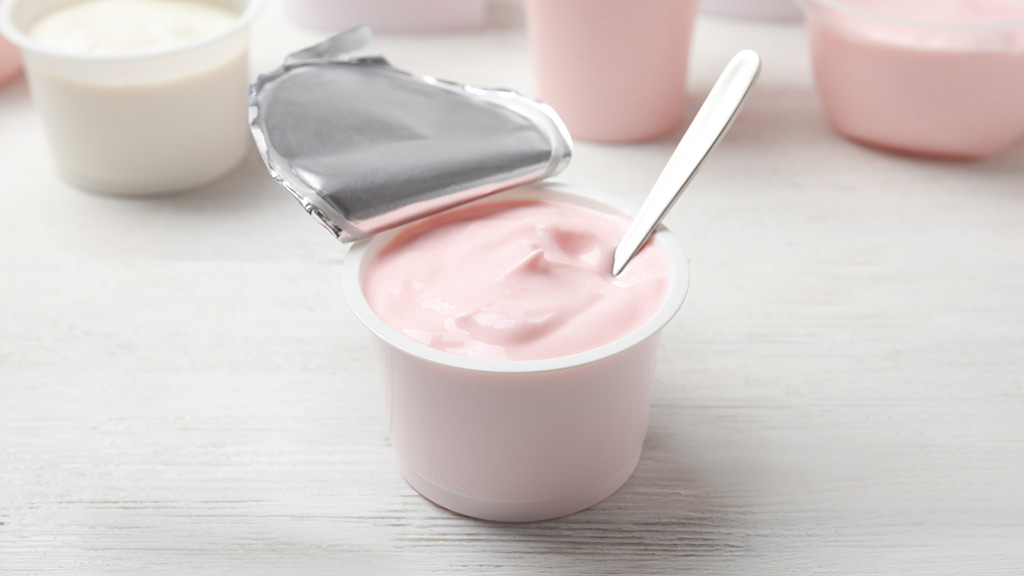
More than half of us consume too much added sugar, with children and teenagers exercising their sweet tooth on a far-too-regular basis. Add that to Australia’s lack of regulation around how added sugar is displayed on food labelling (making it difficult to tell just how much added sugar is in your food) and it’s a sweet recipe for trouble.
Here are some things you may not know about added sugar, including the way your favourite products may mislead you, and where the sweet stuff might be lurking.
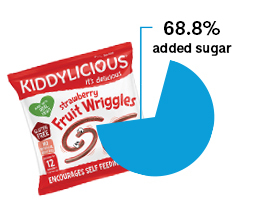
1. It’s hiding where you least expect it
We know there’s plenty of sugar lurking in sweet drinks, desserts and confectionery. But it’s also hiding out in places you wouldn’t expect, such as children’s and baby food, savoury foods and ‘health’ foods.
It’s easy to get caught up in the marketing hype of claims such as ‘all natural’ and ‘made with real fruit’, but the sugar content of these products means they’re far from healthy.
Even savoury foods including pasta sauce, ready meals and flavoured chips that don’t taste sweet can contain added sugars. And don’t be fooled by ‘health’ foods: even products claiming to be ‘all natural’, ‘organic’ or ‘gluten free’ can be full of added sugars.
Case in point: Kiddylicious Strawberry Fruit Wiggles. They’re so bad we awarded them a Shonky in the 2021 CHOICE Shonky Awards.
Even savoury foods including pasta sauce, ready meals and flavoured chips that don’t taste sweet can contain added sugars
Judging by the package, many parents would think them a good option for their children. After all, they have no artificial additives and are gluten-free. They’re even suitable for kids (make that babies) as young as 12 months, according to the label.
They’re described on the pack as “made with real fruit”, but more than two thirds (69%) of each one of these wriggly little jellies is sugar. And although the product doesn’t contain added refined sugar, it’s still mostly made up of concentrated fruit sugars that are devoid of the fibre and nutrients found in real fruit.
2. Fruit products are still considered to be ‘added sugar’
“Everyone knows that fruit is good for you, so putting descriptions on a food packet that liken a product to real fruit has the potential to be misleading,” says CHOICE food and nutrition expert Rachel Clemons.
“What we’re finding is that manufacturers are disguising their added sugars as fruit content. For many consumers, the words ‘fruit juice’, ‘fruit puree’ and even ‘fruit concentrate’ don’t necessarily ring added sugar alarm bells. They think of fruit as being healthy. Which it is, until it’s processed and its sugars extracted in the form of purées, concentrates and juice to use as sweeteners in commercial products. This is when it becomes ‘added sugar’.”
3. Sugar goes by many names on packaging
Sugar is sugar, right? But it’s called many different things on an ingredients list: cane sugar, brown sugar, glucose, brown rice syrup, or any one of the 60-plus names that manufacturers use for added sugars.
And since added sugars can be scattered throughout the ingredients list under several different names rather than grouped together, it can be hard to tell that added sugar is one of the main ingredients.
Intrinsic vs added sugars
You’d think that the nutrition information panel would offer some clarity when you’re standing in the supermarket aisle, but it doesn’t distinguish between intrinsic and added sugars. Intrinsic sugars are naturally occurring sugars found in dairy and intact/whole fruits and vegetables. Added sugars are all sugars that are harmful to health, including highly processed fruit ingredients such as pastes and concentrates, added during processing or cooking.
So it’s easy to misread the nutrition information for foods such as plain yoghurt that are high in natural sugars (lactose), and assume that they’re unhealthy.
Daily sugar consumption:
WHO recommended daily lower limit for added sugar = 6.5 teaspoons
WHO recommended daily upper limit for added sugar = 13 teaspoons
Average consumption males aged 14-18 = 22 teaspoons
*WHO recommends no more than 10% of daily energy intake should come from added sugars – ideally no more than 5%. Teaspoon calculations are based on an average adult consuming 8700kJ per day.
4. We’re eating too much of it
OK, so you probably already know this, but we’re all still eating way too much added sugar.
In fact, more than half of all Australians consume more added sugar than the amount recommended by the World Health Organization (WHO), with kids and teenagers eating the most: almost three-quarters of 9–18 year-olds exceed the recommendations. Teenage boys eat a whopping 22 teaspoons of added sugar per day, with some eating as much as 38 teaspoons per day. That’s a lot of soft drinks and junk!
More than half of all Australians consume more added sugar than the amount recommended by the World Health Organization
The reality is that we’re doing ourselves harm: added sugar is linked to a range of potentially damaging health outcomes: weight gain, dental cavities, type-2 diabetes and possibly even depression.
That’s why it’s so important for people to tell easily how much added sugar is in the food they’re eating.
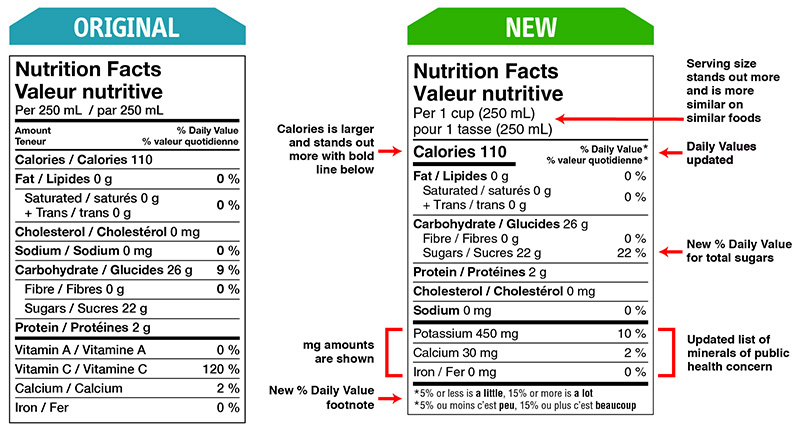

5. Australia doesn’t have regulations around added sugar labelling
Other countries have wised up to the fact that added sugar labelling makes a difference to people’s health, but Australia is lagging behind. Even the US – home of all that is super-sized – introduced regulations that food labels must display the amount of added sugar in a product.
The American Heart Association estimates that the added sugars label could potentially prevent nearly one million cases of cardiovascular disease and type-2 diabetes in the US over the next 20 years, as well as lowering healthcare costs.
Here at CHOICE, we’ve long lobbied for clear and meaningful added sugar labelling on foods, so that consumers can make informed decisions about the products they buy. Our work goes on.

